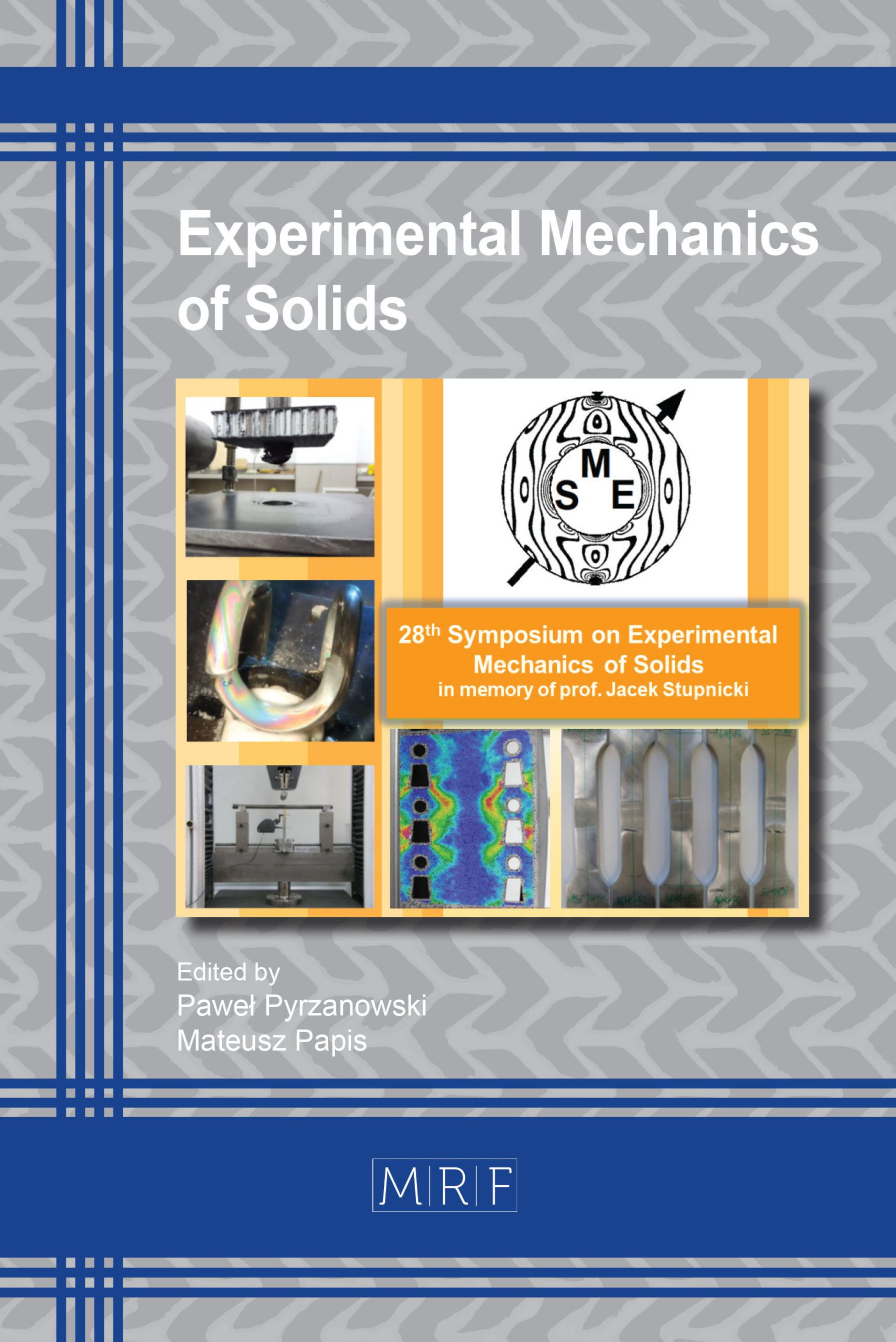Propagation of Failure in Adhesive Joints between CFRP/GFRP Beams Subjected to Cyclic Bending
Yuliia Terebus, Dominik Głowacki, Mirosław Rodzewicz
download PDFAbstract. Last decades were crucial for composite structures. They were highly developed and started to be widely used in aircraft industry. This allowed engineers to overcome a set of issues connected with incapability of known materials to support modern requirements and needs. Merging together two or more materials in special way enabled to save advantages of each and get rid of individual drawbacks. As a result such a “hybrid” material got improved structural properties. However, in the aircraft industry important are not only individual parameters of the material, but how it can be joined with other part. Mechanical fasteners and adhesives types of joining are used with composites materials depending on application and material composition. Even as both types are still used, adhesive bonding of composite material are more beneficial in comparison with traditional mechanical fasteners. The aim of this article is to perform fatigue test of adhesive joints between CFRP and GFRP composites and analyze obtained results. In order to do that, destructive loads levels were investigated with mathematical model and with FEM simulation in ANSYS software.
Keywords
Composite Material, Adhesive Joint, Fatigue Test
Published online 5/25/2019, 12 pages
Copyright © 2019 by the author(s)
Published under license by Materials Research Forum LLC., Millersville PA, USA
Citation: Yuliia Terebus, Dominik Głowacki, Mirosław Rodzewicz, Propagation of Failure in Adhesive Joints between CFRP/GFRP Beams Subjected to Cyclic Bending, Materials Research Proceedings, Vol. 12, pp 19-30, 2019
DOI: https://doi.org/10.21741/9781644900215-3
The article was published as article 3 of the book Experimental Mechanics of Solids
![]() Content from this work may be used under the terms of the Creative Commons Attribution 3.0 licence. Any further distribution of this work must maintain attribution to the author(s) and the title of the work, journal citation and DOI.
Content from this work may be used under the terms of the Creative Commons Attribution 3.0 licence. Any further distribution of this work must maintain attribution to the author(s) and the title of the work, journal citation and DOI.
References
[1] Composite Structures, Design, Safety and Innovation, Book 2005 Edited by B.F. Backman, Elsevier Science
[2] Redux Bonding Technology, Hexcel corporation, Publication No. RGU 034c – Rev, July 2003
[3] K. Machalická, M. Eliášová, Adhesive joints in glass structures: effects of various materials in the connection, thickness of the adhesive layer, and ageing, International Journal of Adhesion and Adhesives, Volume 72, January 2017, pp 10-22. https://doi.org/10.1016/j.ijadhadh.2016.09.007
[4] J. Marjanowski, J. Tomasiewicz, W. Frączek, The electric-powered motorglider AOS-71 – The study of development. Aircraft Engineering and Aerospace Technology. 89. 10.1108/AEAT-11-2016-0218. https://doi.org/10.1108/aeat-11-2016-0218
[5] Z. Brzoska, Wytrzymałość materiałów, Wyd. 4. Warszawa: Państwowe Wydawnictwo Naukowe,1983.
[6] IIT Kharagpur, Design of Adhesive Joints, Version 2 ME
[7] G. Krzesiński, T. Zagrajek, P. Marek, P. Borkowski, Metoda elementów skończonych w mechanice materiałów i konstrukcji: rozwiązywanie wybranych zagadnień za pomocą systemu ANSYS, Warszawa: Oficyna Wydawnicza Politechniki Warszawskiej, 2015.































